I frequently get asked for tips on how to photograph the aurora borealis. I’ve written a whole eBook about it (check out Paul Zizka’s Guide to Viewing and Photographing Northern Lights), but here’s a little snippet for you! Capturing the dancing lights is a fine science of checking the data, ensuring you have optimal conditions, knowing your gear, and being ready to wait... and wait... and wait. It takes patience to capture that green glow and come home with images you're happy with.
Here are some of my best tips:
1. Don’t forget everything else you know about photography.
The first time you shoot the lights, you’ll probably be thrilled with any image that shows a touch of green. Focusing, composing, etc. are afterthoughts. With time, though, try to reintegrate all of the other photographic skills you’ve acquired on your journey. Shoot the way you would anything else: compose with intention, pay attention to flow and weight in your composition, get to know your subject, simplify, see if you can tie in that aurora with a foreground. A well-executed image of a weak aurora showing is more powerful than a clunky shot with a powerful display.
→ Save 25% off my online astrophotography course:
Shooting Stars: The Art of Astrophotography (just $36.75 CAD)
2. Be adaptable.
The aurora is a fickle phenomenon. Not only does it constantly appear and disappear, but it can also move around in the sky. And sometimes it doesn’t show up at all! Whatever hand you are dealt out there, make the most of it. If the lights don’t appear, strive to create and go home with the memories of a beautiful night out. If the lights move outside of your frame by the time you’re ready to shoot, take it as a great test on your way to become a versatile, quick-thinking photographer.
3. Don’t go home with overly dark images.
This is a very common pitfall for most aurora photographers. Because we are surrounded by darkness, the image that first pops up on our LCD can look much brighter than it actually is. In fact, it may be severely underexposed, a fact you might only realize too late once you’re sitting at home. An easy way to avoid that issue is to rely on the histogram to get a true representation of how bright your image really is. Often I find people are quite surprised to find that they need to at least double their shutter speed or ISO.
Coming to the Rockies this year? The ebook contains an index of the best places to shoot the aurora borealis between Banff and Lake Louise (save 10% with the code AURORA). You might find some helpful tips in there!
Photo by Paul Zizka.
Did You Know?
The word "aurora" comes from the Roman goddess of the dawn, Aurora, who would travel east to west announcing the sun's arrival.
The cause is not 100% understood, but the Aurora Borealis (and Australis in the Southern Hemisphere) appear when solar wind (gas emitted by the Sun) interacts with the Earth's magnetosphere.
The colours are caused by various factors, such a whether electrons collide with oxygen or nitrogen and at what intensity. Oxygen will emit green/yellow or red; nitrogen will emit blue and the other colours are caused by a blending of the two.
Facts from Wiki.
More Reading
→ Check out my 10 Favourite Places to Shoot the Northern Lights
→ Check out these Aurora Watching Web Resources


